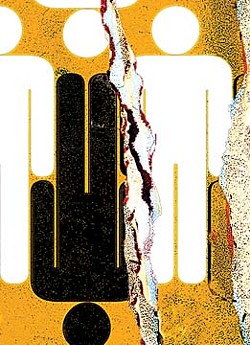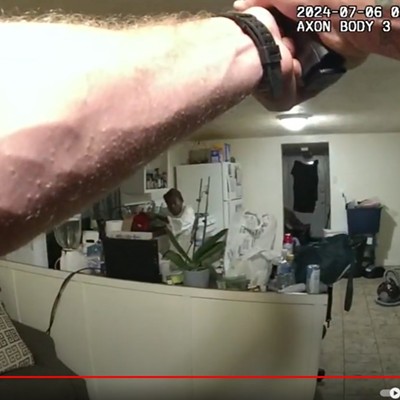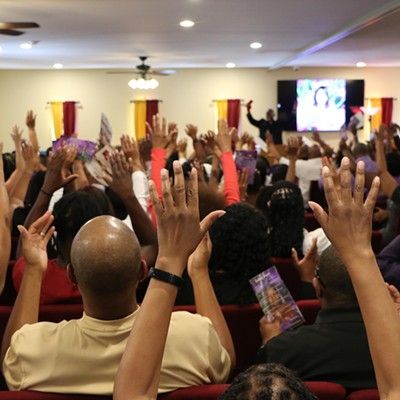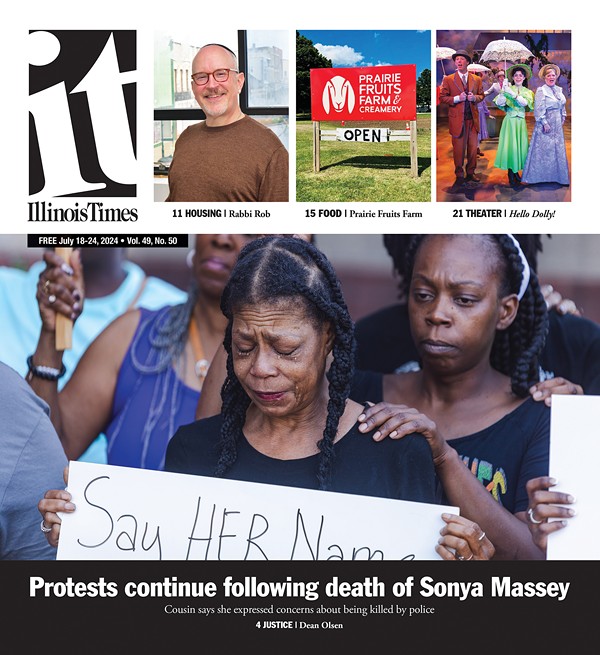Minorities, women poorly represented on city payroll
White workers make up 92 percent of work force
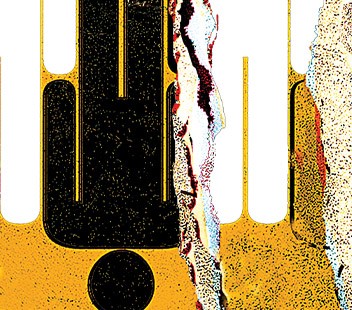
[
{
"name": "Air - MedRect Combo - Inline Content 1",
"component": "11490391",
"insertPoint": "3",
"requiredCountToDisplay": "1",
"parentWrapperClass": "fdn-ads-inline-content-block"
},{
"name": "Air - MedRect Combo - Inline Content 2",
"component": "11490392",
"insertPoint": "7",
"requiredCountToDisplay": "5",
"parentWrapperClass": "fdn-ads-inline-content-block"
},{
"name": "Air - MedRect Combo - Inline Content 3",
"component": "11490393",
"insertPoint": "12",
"requiredCountToDisplay": "9",
"parentWrapperClass": "fdn-ads-inline-content-block"
}
]
Minorities are poorly represented in the City of Springfield’s work force, according to an Illinois Times analysis of city employment data, which shows that white workers make up more than 92 percent of city employees.
Data filed by the City of Springfield with the federal Equal Employment Opportunity Commission show that as of June 30, 2009 – the latest date for which statistics are available – the city’s work force was overwhelmingly comprised of white workers. Out of 1,576 city employees, about 92.6 percent – 1,459 workers – were white. Less than 7 percent of city employees – 109 workers – were black, the data show. By contrast, about 19 percent of the city’s population is black, according to the 2010 census.
Other racial and ethnic populations represented in the data include five Hispanic employees, three Asian or Pacific Islander employees and zero American Indian or Alaskan Native employees.
The proportion of minority hires seems to have stayed about the same since 2004, according to a city press release from 2004 detailing minority employment that year. Out of 1,586 city employees that year, 115 were nonwhite, a rate of about 7 percent.
The proportion of women employed by the city is also low, according to the 2009 data, which indicate that women comprise less than 20 percent of the city work force, while women are 52.7 percent of Springfield’s population. Out of 1,576 total city employees, 312 were women in 2009, a rate of 19.8 percent. That’s a decline from 375 female employees in 2004, when the rate was 23.6 percent female. Of the city’s 2009 female work force, 270 were white, 41 were black and one was Hispanic.
The data also show that three quarters of new hires in the year covered by the city’s employment data were white males. In the year preceding June 30, 2009, the city hired 86 new employees, of which 77 were white – a rate of almost 90 percent. Of those 77 new white employees, 65 were male. Seven of the new employees that year were black, one was Hispanic, and one was American Indian or Alaskan Native.
Despite the racial disparity in employment levels, it appears that minorities employed by the city earn similar salaries to their white counterparts. Data supplied to Illinois Times by the City of Springfield show the majority of African American, Hispanic, Asian/Pacific Islander and American Indian/Alaskan Native workers are classified in the same salary brackets as their white counterparts.
City spokesman Ernie Slottag says the city does seek to hire minorities, but the length of the hiring process sometimes creates problems. He says city recruiters go to Chicago, St. Louis, Beardstown, Taylorville and other nearby areas to recruit minorities, and recruiters put special emphasis on following up with applicants. The city also sends recruiters into local schools to get students interested in fire and police jobs.
“We try to show the kids that being a policeman or a fireman is a good thing, a good career choice,” Slottag says. “We encourage younger people to think about service as a career.”
Despite those efforts, it can be tough to get job applicants to follow through the lengthy hiring process, which includes an application, often a written test and, in the case of police and fire jobs, an agility test and approval by the city Civil Service Commission. The city hasn’t performed testing in about three years due to budget constraints, and workers who were laid off before have the right to fill vacancies before new applicants. Those factors combined result in fewer minorities being hired, Slottag says.
“It has been a challenge to get people interested and get them through all the steps,” Slottag says. “But we have a consent decree we’re working under, and we’re trying to work with individuals to follow through.”
Contact Patrick Yeagle at [email protected].
Data filed by the City of Springfield with the federal Equal Employment Opportunity Commission show that as of June 30, 2009 – the latest date for which statistics are available – the city’s work force was overwhelmingly comprised of white workers. Out of 1,576 city employees, about 92.6 percent – 1,459 workers – were white. Less than 7 percent of city employees – 109 workers – were black, the data show. By contrast, about 19 percent of the city’s population is black, according to the 2010 census.
Other racial and ethnic populations represented in the data include five Hispanic employees, three Asian or Pacific Islander employees and zero American Indian or Alaskan Native employees.
The proportion of minority hires seems to have stayed about the same since 2004, according to a city press release from 2004 detailing minority employment that year. Out of 1,586 city employees that year, 115 were nonwhite, a rate of about 7 percent.
The proportion of women employed by the city is also low, according to the 2009 data, which indicate that women comprise less than 20 percent of the city work force, while women are 52.7 percent of Springfield’s population. Out of 1,576 total city employees, 312 were women in 2009, a rate of 19.8 percent. That’s a decline from 375 female employees in 2004, when the rate was 23.6 percent female. Of the city’s 2009 female work force, 270 were white, 41 were black and one was Hispanic.
The data also show that three quarters of new hires in the year covered by the city’s employment data were white males. In the year preceding June 30, 2009, the city hired 86 new employees, of which 77 were white – a rate of almost 90 percent. Of those 77 new white employees, 65 were male. Seven of the new employees that year were black, one was Hispanic, and one was American Indian or Alaskan Native.
Despite the racial disparity in employment levels, it appears that minorities employed by the city earn similar salaries to their white counterparts. Data supplied to Illinois Times by the City of Springfield show the majority of African American, Hispanic, Asian/Pacific Islander and American Indian/Alaskan Native workers are classified in the same salary brackets as their white counterparts.
City spokesman Ernie Slottag says the city does seek to hire minorities, but the length of the hiring process sometimes creates problems. He says city recruiters go to Chicago, St. Louis, Beardstown, Taylorville and other nearby areas to recruit minorities, and recruiters put special emphasis on following up with applicants. The city also sends recruiters into local schools to get students interested in fire and police jobs.
“We try to show the kids that being a policeman or a fireman is a good thing, a good career choice,” Slottag says. “We encourage younger people to think about service as a career.”
Despite those efforts, it can be tough to get job applicants to follow through the lengthy hiring process, which includes an application, often a written test and, in the case of police and fire jobs, an agility test and approval by the city Civil Service Commission. The city hasn’t performed testing in about three years due to budget constraints, and workers who were laid off before have the right to fill vacancies before new applicants. Those factors combined result in fewer minorities being hired, Slottag says.
“It has been a challenge to get people interested and get them through all the steps,” Slottag says. “But we have a consent decree we’re working under, and we’re trying to work with individuals to follow through.”
Contact Patrick Yeagle at [email protected].
Illinois Times has provided readers with independent journalism for almost 50 years, from news and politics to arts and culture.
Your support will help cover the costs of editorial content published each week. Without local news organizations, we would be less informed about the issues that affect our community..
Got something to say?
Send a letter to the editor and we'll publish your feedback in print!

